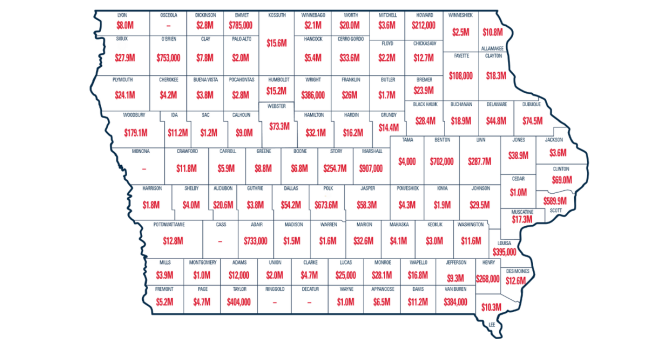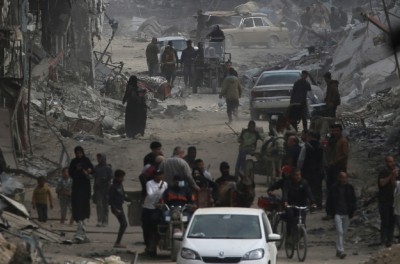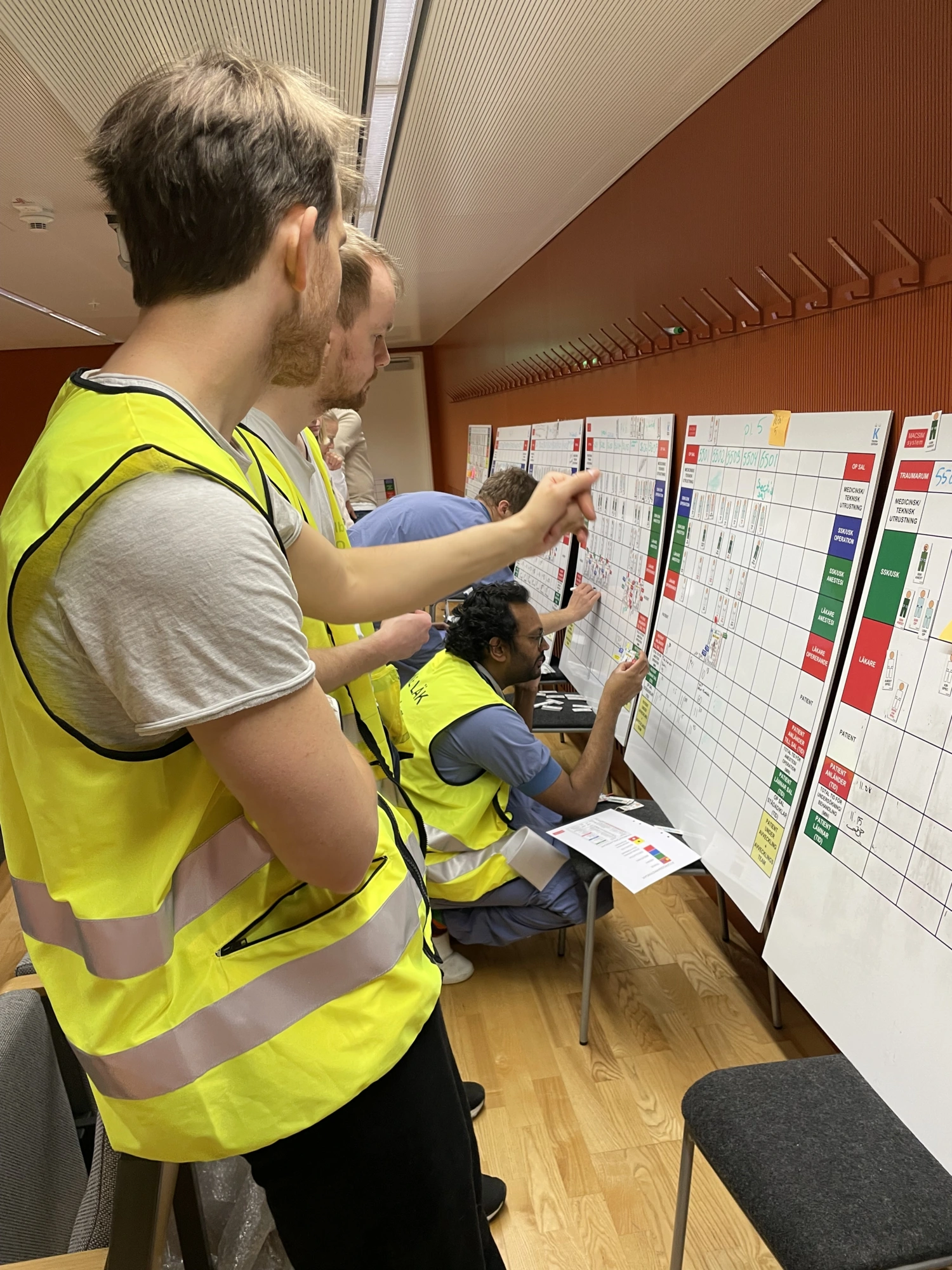More hazard reduction burns are planned for north coast national parks today at Mooball National Park on the Tweed Coast and in the Border Ranges National Park north of Kyogle.

NSW National Parks and Wildlife Service (NPWS) is undertaking the burns to reduce bushfire risk to neighbours and local communities.
The NPWS hazard reduction program for 2020 is focussed on essential burns to protect park neighbours, assets or significant habitat to ensure ongoing recovery of the wildlife impacted by the summer bushfires.
At Mooball National Park a 5 hectares burn is planned and at the Border Ranges National Park a 900 hectares block is planned that will target dry eucalypt ridges at Little O’Donnell Creek, north of Grevillia.
NPWS and NSW Rural Fires Service (RFS) crews will be working in these areas and motorists are urged to please use caution and follow advice given by staff on site.
Smoke plume modelling has predicted minimal effects on built-up areas. Additionally, the Bureau of Meteorology’s fire weather forecast predictions are in keeping with this burn plan’s prescriptions for temperature, relative humidity and wind strength and direction.
Undertaking burns when conditions are right to ensure they are safe and effective is an important part of managing the potential risk of bushfire to communities and the environment before next summer. This work also provides firefighters safe zones and access where they can defend properties, should a bushfire occur.
All burns across NSW will continue to be coordinated with the RFS to ensure the impacts on the community, including from smoke, are assessed at a regional level. Details on specific burns will be made available in advance on the Rural Fire Service website, ‘Fires Near Me’ app, and on NPWS Alerts website.
All hazard reduction burns over 50 hectares will be assessed by the NSW RFS in conjunction with NSW Health as required to ensure smoke impacts are minimised.
For health information relating to smoke from bush fires and hazard reduction burning, visit NSW Health or the Asthma Foundation.
For up to date information on these, and other, planned hazard reduction activities, visit the Rural Fire Service.








